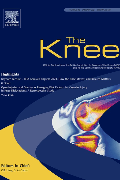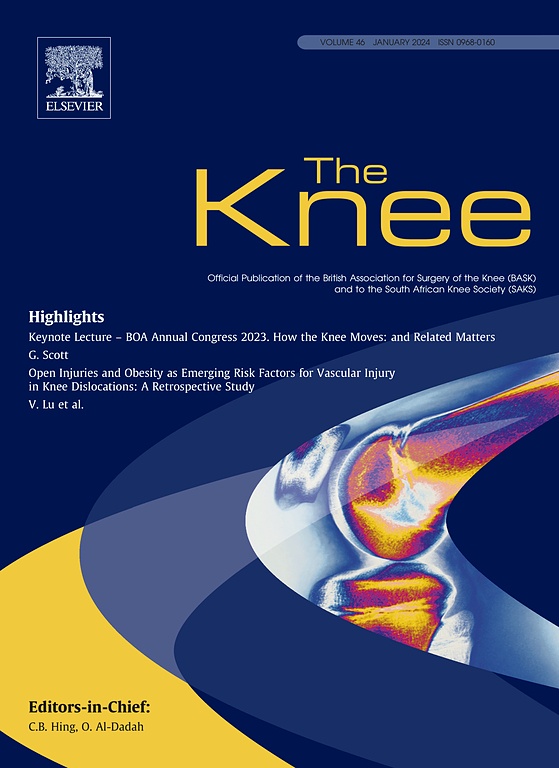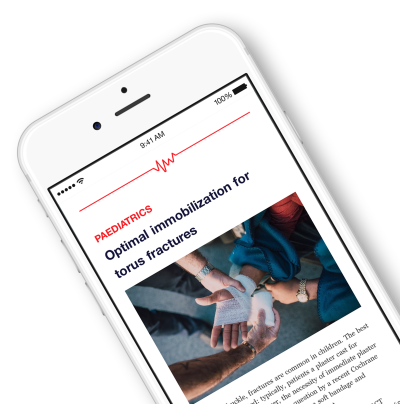
3 different ACL reconstruction techniques displayed similar loss in bone mineral density .
This report has been verified
by one or more authors of the
original publication.
A randomized controlled trial comparing bone mineral density changes of three different ACL reconstruction techniques
Knee. 2012 Dec;19(6):779-85. doi: 10.1016/j.knee.2012.02.005. Epub 2012 Mar 1662 male adult patients undergoing ACL reconstruction (ACLR) were randomized to either bone-patella tendon-bone (BPTB) graft, single-bundle hamstring (HT-SB) graft, or double-bundle hamstring (HT-DB) graft techniques. Changes in bone mineral density (BMD) of the three different ACLR techniques were measured at 1 day, 3 months, 5 months, and 1 year post-operation. Similar results were seen in the three ACLR techniques in terms of bone loss at the knee region, irreversible bone loss at the hip, and early clinical and functional outcomes up to 1 year after surgery. Additionally, a positive correlation existed between BMD at the distal femur and single-leg hop distance a 1 year post-operation.
Unlock the Full ACE Report
You have access to 4 more FREE articles this month.
Click below to unlock and view this ACE Reports
Unlock Now
Critical appraisals of the latest, high-impact randomized controlled trials and systematic reviews in orthopaedics
Access to OrthoEvidence podcast content, including collaborations with the Journal of Bone and Joint Surgery, interviews with internationally recognized surgeons, and roundtable discussions on orthopaedic news and topics
Subscription to The Pulse, a twice-weekly evidence-based newsletter designed to help you make better clinical decisions
Exclusive access to original content articles, including in-house systematic reviews, and articles on health research methods and hot orthopaedic topics

































































